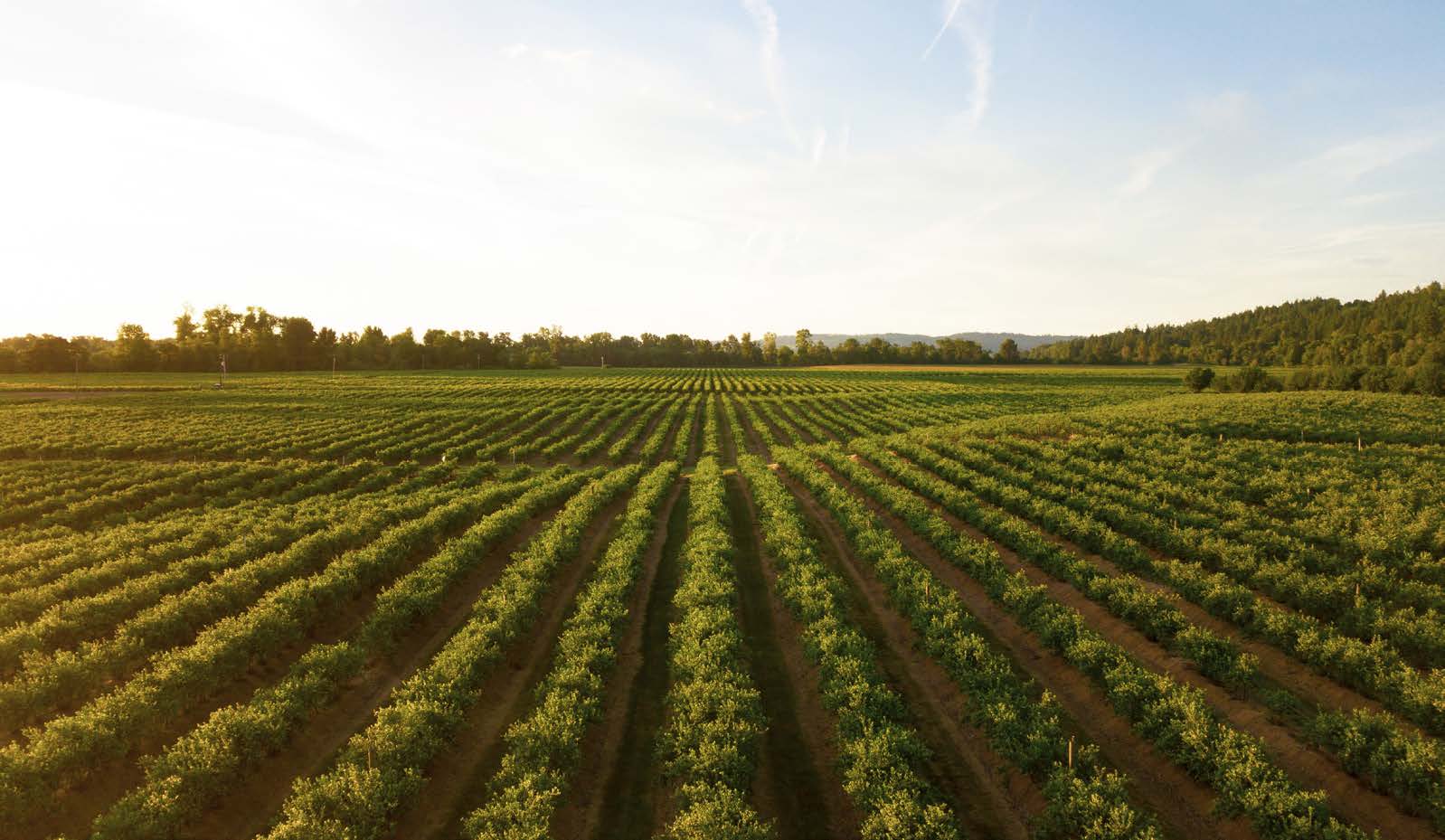AGRICULTURE
“Farming looks mighty easy when your plough is a pencil, and you’re a thousand miles from the corn field.”

In precision agriculture, GNSS-based applications are used to support farm planning, field mapping, soil sampling, tractor guidance and crop assessment. More precise application of fertilisers, pesticides and herbicides reduces cost and environmental impact. GNSS applications can automatically guide farm implements along the contours of the Earth in a manner that controls erosion and maximises the effectiveness of irrigation systems. Farm machinery can be operated at higher speeds, day and night, with increased accuracy. This increased accuracy saves time and fuel, and maximises the efficiency of the operation. Operator safety is also increased by greatly reducing fatigue.
The agriculture industry is facing a shortage of workers. In a recent survey, more than 40% of farmers stated they have been unable to obtain the labour they need.
Motivated by the threat of a dwindling workforce, Harvest CROO Robotics created a fully autonomous vehicle to harvest strawberries, a traditionally labour-intensive job. The vehicle uses innovative technology to determine the ripeness of the fruit and robot pickers to harvest the ripe fruit.
The autonomous vehicle is equipped with two GNSS receivers using PPP. The repeatable pass-to-pass accuracy of the GNSS receivers with PPP allows the vehicle to reliably navigate the rows of strawberries without damaging the crops.
An article (Field of Dreams) about how GNSS has helped with harvesting strawberries is in the 2019 Velocity magazine available at: resources.hexagonpositioning.com/field-of-dreams.
Crop spraying is used to protect crops and increase productivity. Methods typically used for spraying crops, such as backpacks, tractors and manned aircraft, have limitations and risks. Backpack spraying can lead to high levels of chemical exposure and associated health risks to the operator. Tractors can crush crops as they spray, hurting the farmer’s profitability. Manned aircraft are limited by the availability of airport facilities and can be expensive, making it especially difficult for smaller farms to use them.
Using Unmanned Aircraft Systems (UAS) to spray crops reduces risks to operators, crop damage and the labour required to complete the task. A dual-antenna GNSS receiver with RTK positioning technology provides the precise positioning and heading direction information needed to make crop spraying successful. An article (Farming Smarter) about how GNSS provides the precise positioning required for UAS spraying is in the 2018 Velocity magazine available at: resources.hexagonpositioning.com/farming-smarter.